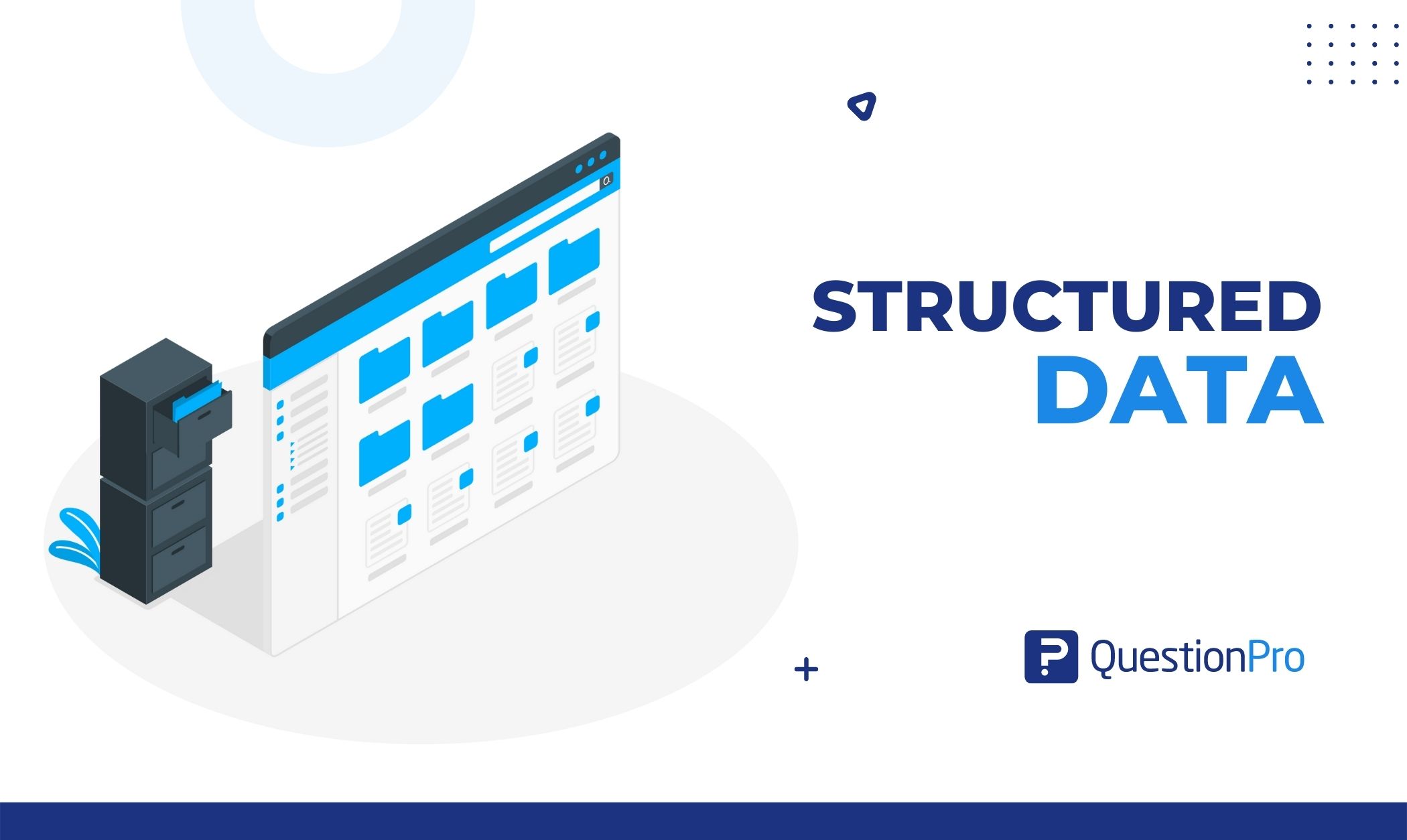
Business depends heavily on data, which is available in an extensive range of formats. There are two categories into which all of that data can be categorized:
- Structured Data
- Unstructured Data
The first thing to keep in mind is that not all data is the same. As a result, the data created by social networking apps is totally different from the data produced by retail or other distribution channel systems. The data format determines how this information is gathered, processed, and analyzed.
Structured data is more convenient to use, and the results are more accurate. So, it can help you attract new clients by making your business more visible to them. Let’s take a closer look at this data and some examples to understand it better.
What is structured data?
Structured data is freely accessible to both humans and programs, conforms to a data model, has a well-defined structure, and follows a persistent order. As of right now, it’s the bedrock of big data. It includes names, dates, addresses, account numbers, stock level, geolocation, and other organized material. A relational database is the best example of it.
This data can be accessed and analyzed in a logical sequence. They can be quickly mapped into fields that have already been created and have relational keys. These data are the ones that are handled the most during the development process and are the easiest to maintain. There are numerous different sources of data, some of which are as follows:
- Databases using SQL
- Spreadsheets such as Microsoft Excel
- Logs from the network and web servers
- Devices used in the medical field
- Tags or sensors such as a GPS or RFID
- An online form
- Online transaction processing (OLTP) system
Structured Data Characteristics
Different organizations use a variety of different sources to compile data. Data that is well-structured can have a range of characteristics no matter how or what the data is. Here are some:
- It has a structure that is recognizable and follows a data frame.
- Like in a database, it is presented in rows and columns.
- Each data element is established in a way that makes it easy to understand its definition, structure, and significance.
- The data is organized into classes based on their similarity.
- Humans and other programs can easily have access to and query information.
- The ability to address elements makes it possible to conduct effective analyses and processing.
LEARN ABOUT: Structured Question & Structured Questionnaire
Advantages and Disadvantages of Structured Data
For some time now, businesses have been using structured data methodologies. Utilizing it comes with both positive and negative aspects to consider. Here are some advantages and disadvantages:
Advantages
- Easier to Maintain: Unlike unstructured data, it requires less processing and is simpler to handle.
- Easy to Utilize by ML Algorithms: The processing and querying of ML data are made much simpler because of the unique and organized architecture of it.
- Business-user-friendly: It’s not necessary to thoroughly understand the various forms of data and how they work to use structured data. Users can easily access and analyze the data if they have a fundamental comprehension of the subject matter concerning the data.
- Supported by More Technologies: Structured data can now be used with more technologies and tools that make consumption, management, and analysis easier.
Disadvantages
- Usage Limitations: Structured data has a predefined format that makes it easy to utilize for the intended objectives. This organizational structure limits its versatility and application cases.
- Limited Storage: Data warehouses are designed to minimize the amount of space they take up, but they are notoriously difficult to modify and lack the scalability and adaptability required for modern applications. Structured data is kept in these warehouses.
Structured Data and SEO
SEO benefits from structured data since it makes it easier for search engines to find and comprehend your content and website. One of the essential purposes is to convey accurate information about the website for a web page to qualify to display as a rich result in Google’s search results.
The use of structured data on your page can be advantageous in a variety of circumstances. For instance, you can highlight information using schema markup. By incorporating this data into Google’s search results, you may provide users with information that addresses their inquiries.
Data formatted this way is not visible to the typical user of the internet. It’s buried deep within the code of our websites and online platforms, so we can’t find it. Search engines like Google and Bing reward websites and organizations that use data by promoting their material in SERP features like:
- Carousel: Shows up as images with captions
- Video: Works like carousels but only displays videos.
- Featured Snippet: Shows query-related information.
- Knowledge Panel: Displays the most relevant search results in a right-hand panel.
Conclusion
Many companies have found that structured data enables them to understand their operations more deeply. It is beneficial to businesses because it increases visibility and is helpful to customers because it improves usability. For data analytics, structured data is still considered the most dependable and desirable source.
QuestionPro is much more than just survey software because it has answers for every problem and every business. We also have tools for managing data, such as our InsightsHub research library. With InsightHub, you can both keep track of your data and use it better. Also, experts at QuestionPro are always ready to help you manage your data.







